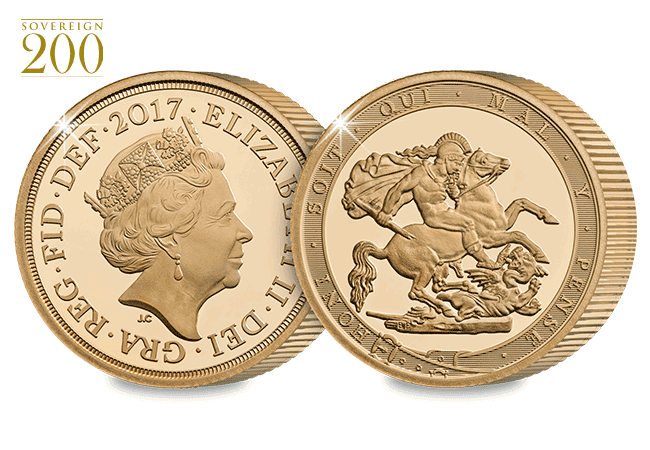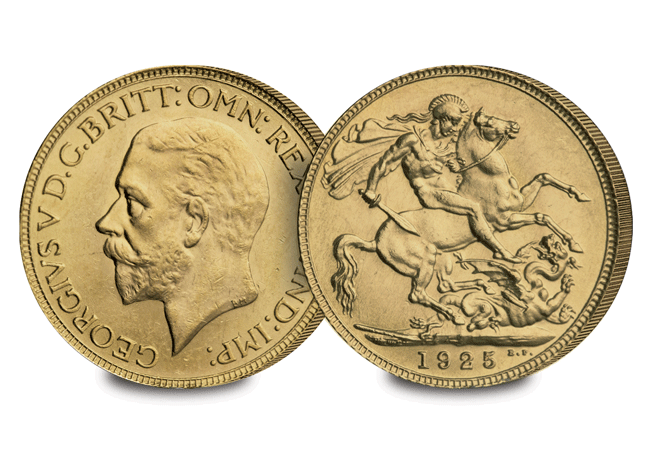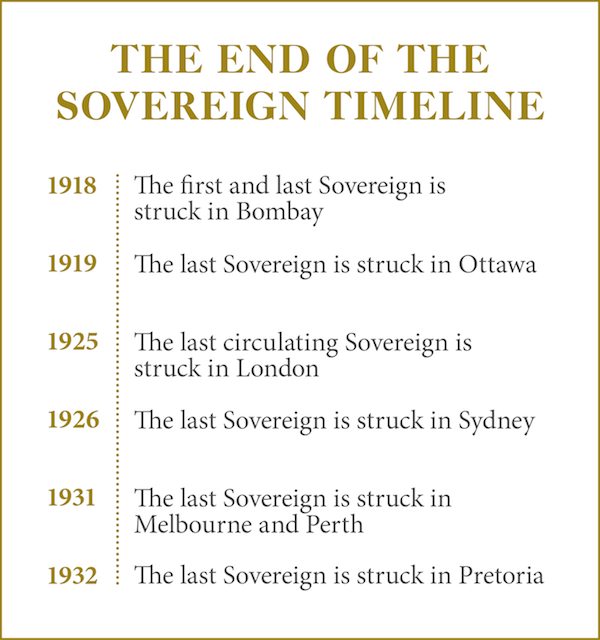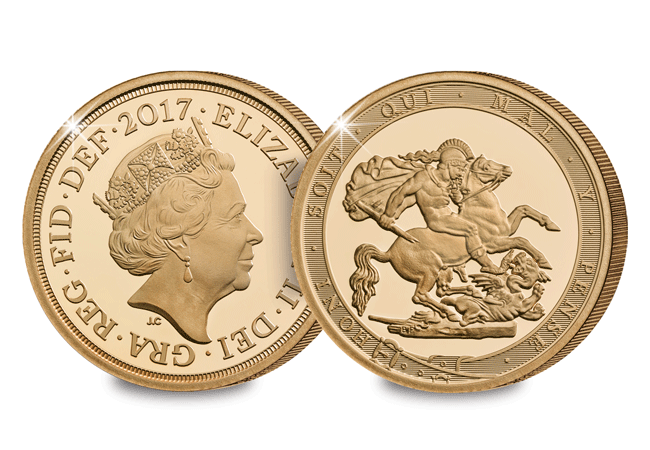Posts Tagged ‘Gold Coin’
The Secret Life of Isaac Newton…
English mathematician, astronomer, and physicist, Sir Isaac Newton is one of the most famous scientists of all time. He is renowned for producing the single most influential book on physics ever written, The Philosophiae Naturalis Principia Mathematica, but not many people know that discovering why apples fell from trees and changing the way we understand the universe were not the only problems he dealt with…
Newton and the Counterfeiter

The Tower of London – Home of The Royal Mint for 500 years. From 1279 – 1812.
In 1695, The Royal Mint discovered that a large number of the UK’s circulating coins were fake. In fact, 10% of England’s coinage was known to be phony. Unable to keep up with the increasing intelligent counterfeiting methods they turned to England’s ‘brightest mind’ for help.
Sir Isaac Newton was appointed warden of The Royal Mint, with a sole purpose of enforcing laws against counterfeiting.
Most counterfeits were easy targets for Newton, but one man in particular kept eluding his grasp – William Chaloner.
Chaloner was a nail maker by trade but found a more worthwhile application for molten metals. The counterfeiter’s self-made wealth enabled him to pose in a way that matched his intellect.
Newton wanted nothing more than to finish Chaloner. He went into full detective-mode.
Newton undercover

Sir Isaac Newton
Newton constructed a strong case, using his network of informants and spies around London in a systematic way to form a complete representation of Chaloner’s actions. He even went undercover himself to obtain evidence from witnesses at pubs around the city. By the time the trial came, he had gathered eight witnesses.
The treason charge stuck – on March 3rd 1699, William Chaloner was sentenced to hang.
Later that year, Newton was made the Master of the Mint, a position he would hold until his death in 1727.
Master of the Mint
Newton took up his duties with effect from Christmas Day 1699. Immediately his active involvement in the affairs of The Royal Mint became undoubtable, he took the role very seriously before retiring from his duties at Cambridge in 1701.
He survived the political upheavals of those distressing times and in 1705 he was knighted by Queen Anne, making him just the second scientist ever to be knighted.
The first gold standard
During his role as Master of the Mint, Sir Isaac Newton wrote a report to the Lords Commissioners of His Majesty’s Treasury, as a result the relationship between gold and silver coins was forever changed by Royal proclamation at the end of 1717. It forbid the exchange of gold Guineas for more than 21 silver shillings. This meant that silver coins were being used to pay for imports, subsequently Britain saw a silver shortage – effectively moving the country from the silver standard to its first gold standard.
His Legacy to our coinage

The UK Sir Isaac Newton 50p
As a result of Newton’s vision, coins struck by The Royal Mint remain unrivalled in their accuracy and purity. He helped to make Britain’s currency one of the most respected and admired in the world. As one of the most famous figures to ever hold the role of Master of the Mint and author of the single most influential book on physics ever written it is entirely appropriate he is celebrated on a UK coin.
If you’re interested…
A brand new UK 50p coin has just been issued by The Royal Mint to commemorate the 375th anniversary of Sir Isaac Newton’s birth and his outstanding legacy.
You can own one today.
200 years of the Sovereign. The UK’s First Ever Gold Proof Piedfort Sovereign.
Update, 27th June: It has now been confirmed that the Gold Proof Piedfort Sovereign has completely SOLD OUT at the Mint, in just 24 HOURS. It’s still available at The Westminster Collection, click here >>
2017 marks the bicentenary of the ‘modern’ Gold Sovereign – the most important numismatic anniversary for decades. To mark this occasion a number of special limited edition Gold Sovereigns have been released, including what might be the most important gold sovereign of them all – the first ever Gold Proof Piedfort Sovereign.
The Gold Sovereign is undoubtedly the United Kingdom’s most famous gold coin, and has been struck from 22 Carat Gold to the exact same specification since 1817.
To mark the 200th anniversary of the ‘modern’ Gold Sovereign, The Royal Mint has created a milestone in numismatic history by issuing the first ever Piedfort Sovereign.
Piedfort coins are some of the finest examples of British craftsmanship and the Gold Proof Piedfort Sovereign is no exception.
Prestigious reputation
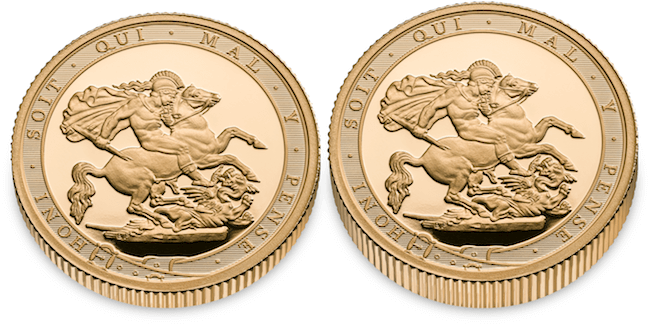
You can really see the difference in thickness of the Piedfort when compared to the standard issue.
The very first Piedfort can be traced back to the 12th century. First minted in France, the name directly translates to ‘heavy measure’. The striking of Piedfort coins began later in England, however examples are known to date back to the reign of Edward I.
Piedforts were considered prestige pieces and ownership was often used as a means to signify a person’s wealth and power.
Today, Piedforts continue to be limited issues and striking of such pieces is reserved strictly for the most important events. Therefore, it seems fitting the UK’s first Piedfort Sovereign has been struck to mark 200 years of the Sovereign.
From today, for the first time ever, collectors will be able to own the Piedfort Gold Sovereign and with an edition limit of just 3,500, this new release is sure to be one that will be treasured in years to come.
You can now own the First Ever Gold Proof Piedfort Sovereign, but with such a tiny edition limit, they won’t be available for long. Sign up below if you’d like to be contacted about owning this UK first:
Your message has been sent
200 years of the Sovereign. Part V: The End of the Sovereign…
In my last blog post, I explored the Gold Sovereign’s incredible success as the most trusted and popular of all gold circulating coins throughout the world during the Empire years until 1931 when its reign as the King of Coins came under threat…
The Outbreak of the First World War in 1914, followed by the worldwide economic crisis in 1931 seemed to sound the death-knell for the Sovereign.
Gold Sovereigns were struck annually until 1915, but production dropped dramatically in 1914 and the majority of the 20 million minted in 1915 were for overseas use.
Decline in Production
As part of the emergency measures put in place upon the Outbreak of the First World War, specie payments were suspended and Treasury notes replaced gold. Gold coins disappeared from circulation but they continued to be minted for overseas bullion transactions.
Sovereigns were struck in 1916 and a small amount in 1917, but no more circulating Sovereigns were minted in London, except for a consignment for overseas use in 1925. The overseas branch mints still struck considerable quantities of Sovereigns.
Sovereign production continued after the war, but in much smaller numbers. Despite this, another two branch mints were opened. One in Bombay in 1918, which struck Sovereigns for just one year only. The other was opened in South Africa in 1923.
By 1926, only three branch mints were still operating – Perth, Melbourne and Pretoria. However, the worldwide economic crisis in 1931 signalled the end of these remaining branch mints, Britain left the Gold standard and the last Sovereigns were struck in Pretoria in 1932.
This appeared to be the end of the Sovereign. But all was not as it seemed.
Would the Sovereign be revived again?
Find out in the final part of our 200 years of the Sovereign Blog Series – click here to read it >>
Announcing the new UK Bicentenary Gold Proof Sovereign
To mark the Bicentenary of the “modern” Gold Sovereign in 2017, The Royal Mint have just released a brand new Gold Proof Sovereignreprising Benedetto Pistrucci’s original engraving from 1817.
With a low edition limit of just 10,500 worldwide, a special one-year-only design change and a fine proof finish, the 2017 Bicentenary Gold Sovereign has all the elements to be one of the most collectable British gold coins of the 21st century. And now you can own one.


